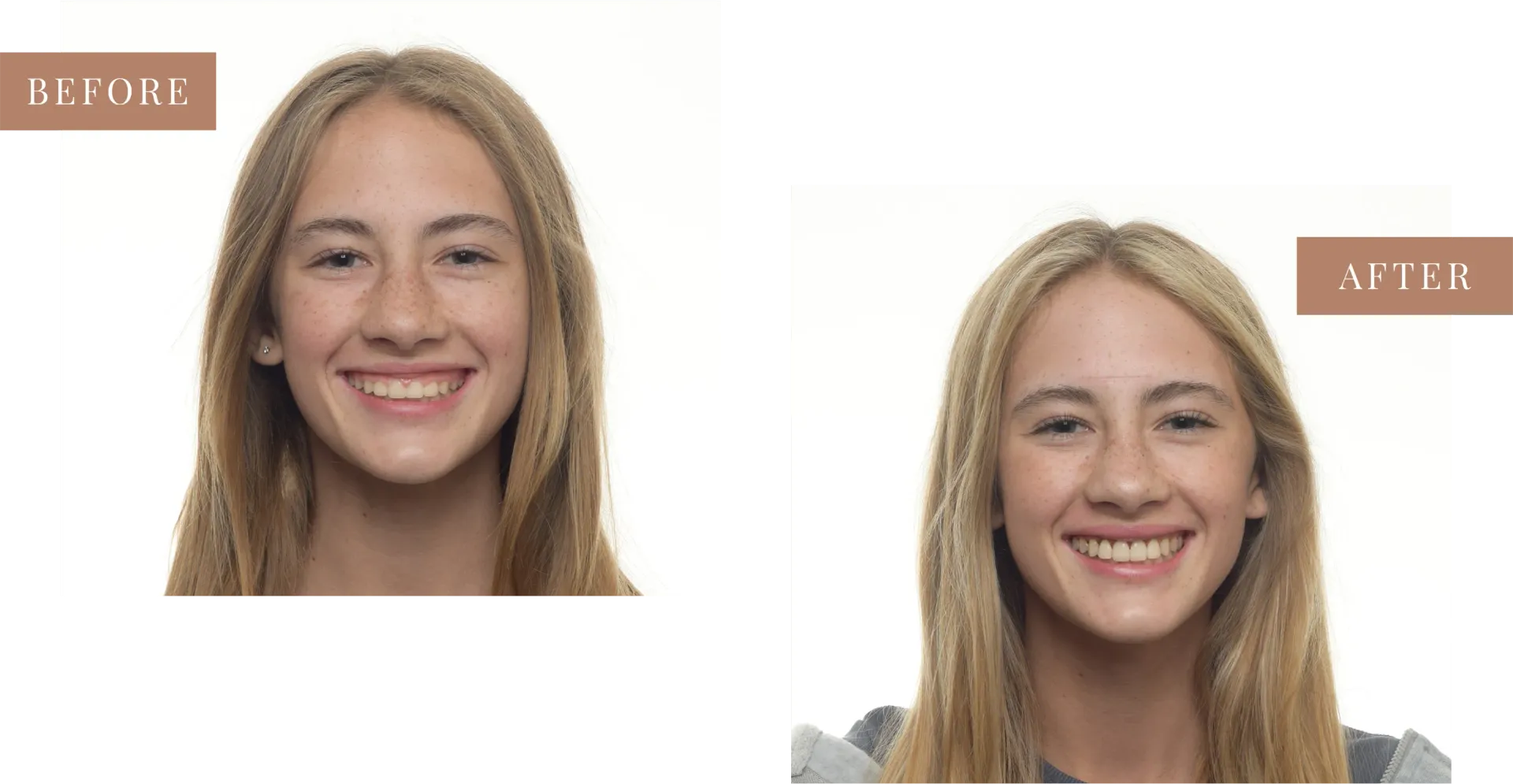Understanding Airway Orthodontics: Improving Sleep and Breathing with Orthodontic Care
Many people think of orthodontics as simply straightening teeth, but modern orthodontic care can do much more. One of the emerging fields in orthodontics is airway orthodontics, which focuses on how jaw and tooth alignment affect breathing and sleep.
In El Paso, more patients and parents are learning that orthodontic treatment can address underlying airway issues that contribute to snoring, sleep-disordered breathing, or even pediatric sleep apnea. This blog explains what airway orthodontics is, how it works, and why it matters for children, teens, and adults.
What Is Airway Orthodontics and How Does It Work?
Airway orthodontics is an approach to orthodontic treatment that looks beyond cosmetic alignment. The goal is to ensure the jaw, tongue, and airway structures are positioned properly for healthy breathing.
Key Concepts of Airway Orthodontics
- Jaw Development: Narrow or underdeveloped jaws can restrict the airway, making it harder to breathe during sleep. Orthodontic treatment can help expand the arches and reposition the jaws to improve airflow.
- Tongue Posture: The tongue plays a critical role in keeping the airway open. Misaligned jaws or crowded teeth can force the tongue into positions that block airflow.
- Breathing Patterns: Mouth breathing, often linked to poor airway development, can affect sleep quality and overall health.
- Sleep Health: By correcting airway obstructions, orthodontic treatment can reduce snoring, improve oxygen intake, and promote deeper, more restorative sleep.
Airway orthodontics often uses advanced diagnostic tools such as 3D imaging and sleep assessments to design a treatment plan tailored to the patient’s breathing and bite needs.
How Orthodontic Care Improves Sleep and Breathing
If you or your child struggles with poor sleep, snoring, or fatigue, orthodontics may help in ways you haven’t considered. Here are the primary ways orthodontic care supports better breathing and sleep:
- Expansion of the Dental Arches
By widening the upper jaw, orthodontists create more space for the tongue and airway. This is especially effective in children during growth phases. - Correcting Bite and Jaw Position
Misaligned jaws can cause the airway to narrow. Treatments such as braces or functional appliances can reposition the jaw for optimal airflow. - Guiding Facial Growth in Children
Early intervention can help ensure a child’s airway develops properly, preventing long-term issues like sleep apnea or chronic mouth breathing. - Reducing Snoring and Sleep Apnea Symptoms
For adults, airway orthodontics can reduce the need for CPAP therapy by improving natural airflow. - Improving Overall Health
Better breathing during sleep enhances oxygen levels, energy, focus, and even behavior in children.
Factors to Consider in Airway Orthodontics
Deciding whether airway-focused treatment is right for you or your child involves several considerations:
- Age of the Patient: Younger patients often see quicker results due to ongoing growth and development.
- Severity of Symptoms: Chronic snoring, mouth breathing, and sleep apnea signs indicate a greater need for intervention.
- Treatment Options Available: Orthodontists may recommend palatal expanders, braces, aligners, or other devices tailored to airway improvement.
- Multidisciplinary Care: In some cases, airway orthodontics is combined with ENT (ear, nose, throat) care or sleep medicine for best results.
- Commitment to Treatment: Like traditional orthodontics, airway-focused care requires patient compliance and regular monitoring.
Frequently Asked Questions
Is airway orthodontics only for children?
No. While children often benefit the most from early intervention, adults can also see improvements in sleep quality and breathing through orthodontic care.
Can orthodontics really treat sleep apnea?
Orthodontics can help reduce symptoms of obstructive sleep apnea by expanding the airway and improving jaw alignment. Severe cases may still require additional treatment like CPAP therapy.
How do I know if my child has airway issues?
Signs include chronic mouth breathing, frequent snoring, restless sleep, bedwetting, and daytime fatigue or behavior issues. A consultation with an orthodontist can help identify airway problems early.
What types of appliances are used for airway orthodontics?
Common tools include palatal expanders, functional appliances, braces, or aligners designed to improve jaw position and airway space.
Does insurance cover airway orthodontics?
Coverage varies. Some insurance plans cover orthodontic treatment for medical reasons like airway improvement. Many orthodontic practices also offer flexible payment options.
Conclusion
Airway orthodontics represents a new way of thinking about orthodontic treatment. By focusing on breathing and sleep, not just straight teeth, patients in El Paso can improve both their oral health and overall well-being.
Whether your child struggles with snoring, or you’re an adult seeking better sleep,
Hansen Orthodontics provides advanced airway assessments and personalized treatment plans to support healthier breathing and confident smiles.


